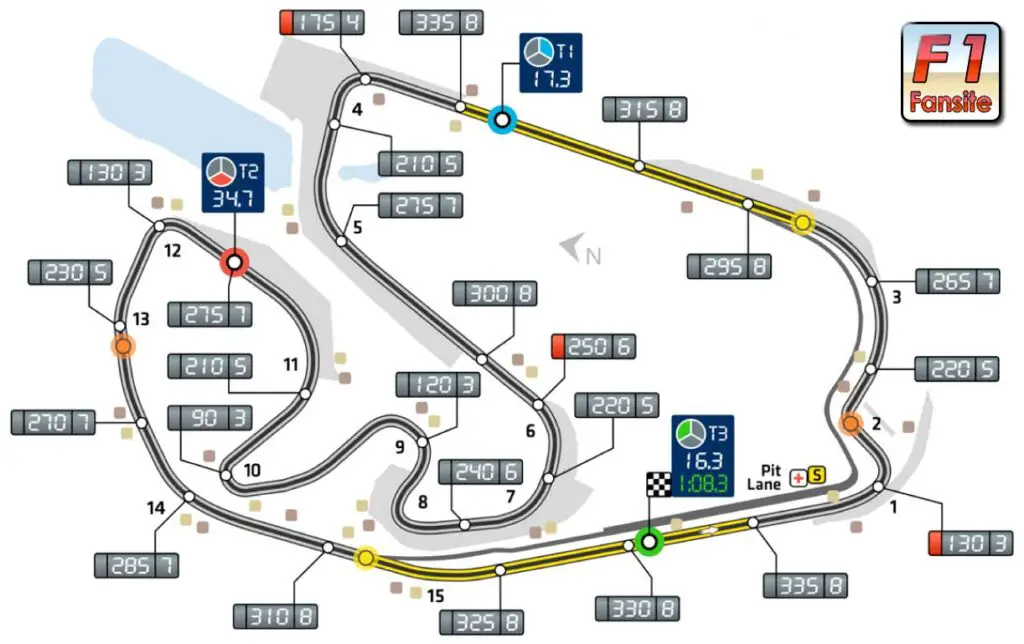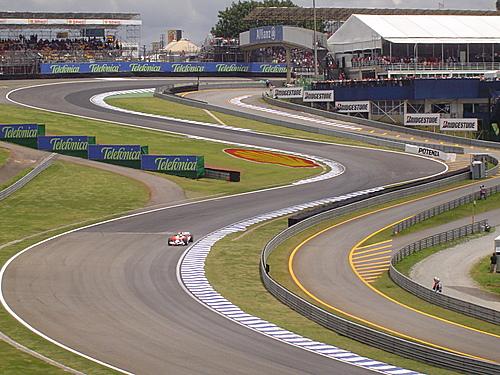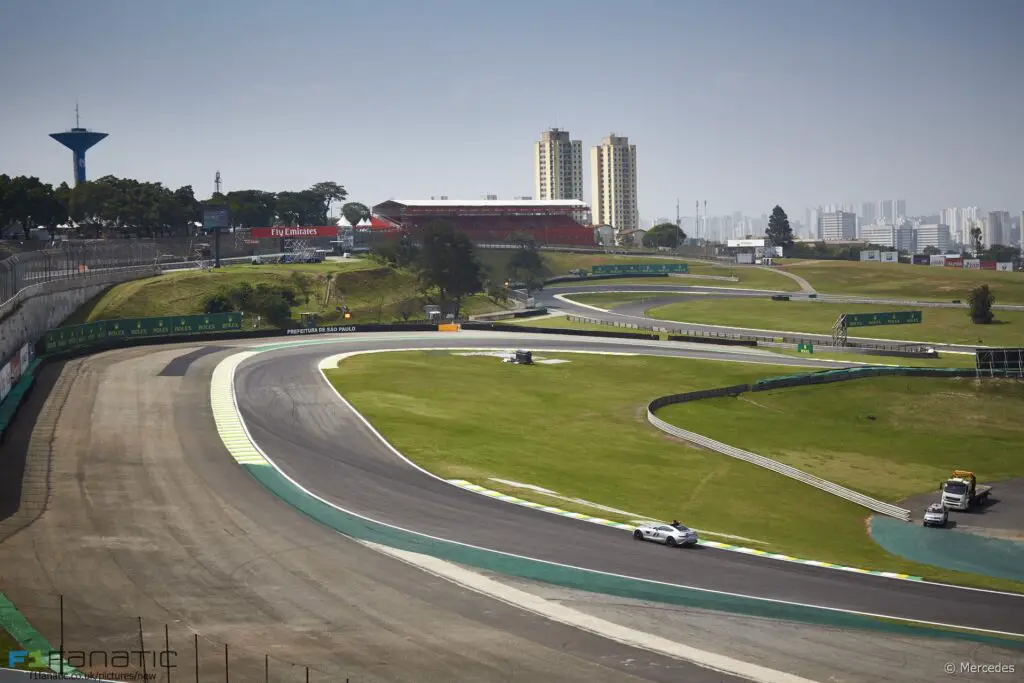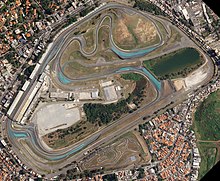The Brazilian Grand Prix is one of the most thrilling and historic races on the Formula 1 calendar. Held at the iconic Interlagos circuit in Sao Paulo, the race has witnessed some of the most memorable moments in the sport’s history, from Ayrton Senna’s emotional home victories to Lewis Hamilton’s dramatic title clinch in 2008.
In this article, we will take a closer look at the Interlagos layout, which combines high-speed straights, tight corners and challenging elevation changes. We will also explore the history of the race, the current track records and the best places to watch the action from the grandstands.
The Layout of the Interlagos Circuit

The Autodromo Jose Carlos Pace, also known as Interlagos, is a 4.309 km (2.677 mi) motorsport circuit located in the city of Sao Paulo, Brazil.
It is the current venue of the Brazilian Grand Prix, one of the most historic and exciting races on the Formula One calendar. The circuit has a challenging layout with many elevation changes, fast corners and a rough surface.
It runs counterclockwise and has 15 turns, each with its own characteristics and challenges. The following gives a corner-by-corner description of the Interlagos layout. We highlight the key features, overtaking opportunities and lap records.
Brazilian Grand Prix – Turn 1: Senna S

The first corner of the lap is a tight left-right chicane named after Brazil’s most famous F1 driver, Ayrton Senna.
It is one of the best overtaking spots on the track. The drivers approach it at over 300 km/h (186 mph) and brake hard to around 100 km/h (62 mph).
They have to balance their speed and line through the chicane, avoiding the kerbs and the bumps. The exit of Turn 2 is crucial for the run down to Turn 4.
Brazilian Grand Prix – Turn 3: Curva do Sol
The third corner is a long right-hander that leads onto the back straight. It is taken flat out at around 260 km/h (162 mph) and requires a lot of grip and stability from the car.
The drivers have to stay as close to the inside as possible, without running wide onto the grass or the gravel. The exit speed is important for the top speed on the straight.
Brazilian Grand Prix – Turn 4: Descida do Lago

The fourth corner is a downhill left-hander that marks the end of the back straight. It is another good overtaking spot, as the drivers brake from over 320 km/h (199 mph) to around 140 km/h (87 mph).
The drivers have to be careful not to lock up their wheels or miss their apex, as there is not much run-off area on the outside.
The exit of Turn 4 is also tricky, as there is a bump that can unsettle the car.
Brazilian Grand Prix – Turn 5: Curva do Laranjinha
The fifth corner is a fast right-hander that follows Turn 4. It is taken at around 200 km/h (124 mph). It requires a lot of confidence and precision from the drivers.
The drivers have to clip the apex and avoid running wide onto the astroturf or the grass. The exit of Turn 5 leads into a short straight.
Brazilian Grand Prix – Turn 6: Curva do Pinheirinho

The sixth corner is a slow left-hander that breaks up the rhythm of the fast section. It is taken at around 100 km/h (62 mph) and requires a lot of braking and traction from the car.
The drivers have to be careful not to overshoot their braking point or lose time on the exit. The exit of Turn 6 leads into another short straight.
Brazilian Grand Prix – Turn 7: Curva da Bico de Pato
The seventh corner is a sharp right-hander that precedes Turn 8. F1 drivers take at around 120 km/h (75 mph) and requires a lot of steering input and balance from the car.
The drivers have to turn in early and hug the inside kerb, without touching it too much. The exit of Turn 7 is important for the run down to Turn 8.
Turn 8: Curva da Junção
The eighth corner is a long left-hander that leads onto the main straight. It is taken at around 160 km/h (99 mph) and requires a lot of throttle control and stability from the car.
The drivers have to stay as close to the inside as possible, without running wide onto the slippery concrete or the grass.
The exit speed is crucial for the top speed on the straight.
Turn 9: Subida dos Boxes

The ninth corner is a banked right-hander that marks the end of the main straight. Drivers take it flat out at over 300 km/h (186 mph) and requires a lot of courage and downforce from the car.
The drivers have to keep their foot on the gas and aim for a late apex, without hitting the wall on the outside.
The exit of Turn 9 leads into another short straight.
Turn 10: Curva do Café
The tenth corner is a fast left-hander that follows Turn 9. Drivers take it at around 260 km/h (162 mph) and requires a lot of grip and stability from the car.
The drivers have to clip the apex and avoid running wide onto the astroturf or the grass. The exit of Turn 10 leads into the Senna S, completing the lap.
Brazilian Grand Prix – Lap Record
The current lap record for the Interlagos circuit is 1:10.540, set by Valtteri Bottas in a Mercedes in 2018.
The fastest pole position time is 1:07.281, set by Lewis Hamilton in a Mercedes in 2018.

